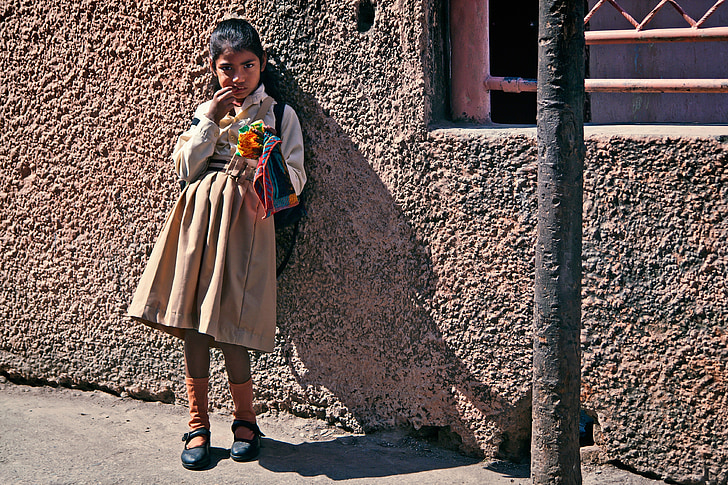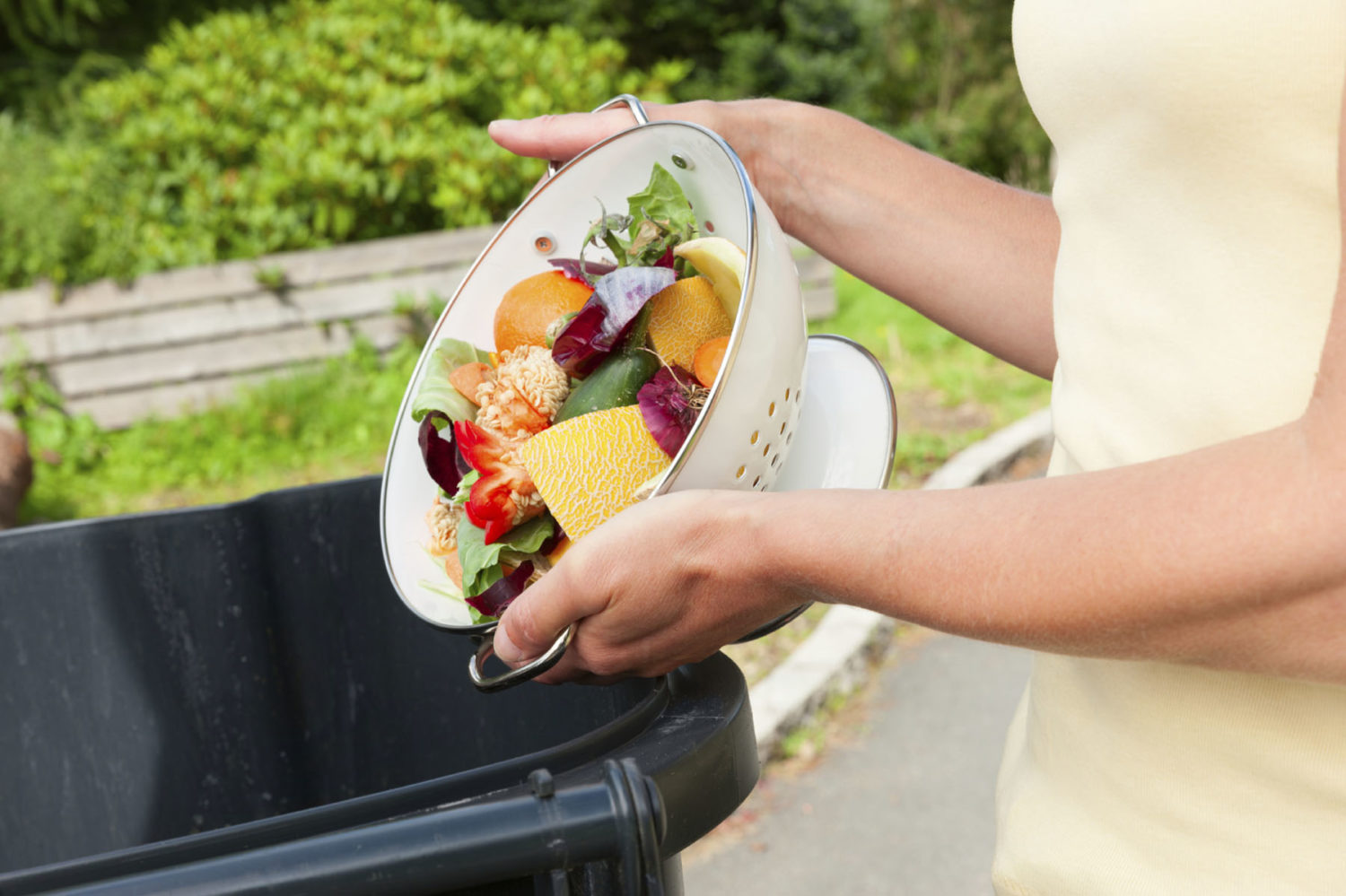According to a report by the World Resources Institute (WRI) in association with the Rockefeller Foundation and Food and Agriculture Organisation (FAO) of the UN, approximately one-third of the food that is produced each year goes uneaten, which amounts to 1.3 billion tones costing the global economy over $940 billion. Significant amounts of food are lost or wasted every day, in every country, and at every stage in the supply chain, from the farm to the household. One out of every four food calories intended for people is not ultimately consumed by them. Apart from the costs, food loss has significant impacts on food security, environmental conservation, and climate change.
India has the second-largest population in the world. In 2012, the government announced that about 22% of the Indian population lives below the poverty line. According to FAO estimates in ‘The State of Food Security and Nutrition in the world, 2017’ report, 190.7 million people are undernourished in India. This represents 14.5% of the Indian population, which makes India, the home to the largest undernourished population in the world. It is estimated that saving one-fourth of the food currently lost or wasted globally would be enough to feed 870 million hungry people in the world.
According to an estimation by the UN, nearly 40% of the food produced in India is wasted or lost. And this cost India one lakh crore rupees every year.
What is Food Wastage?
“Food loss and waste” refers to the edible parts of plants and animals that are produced or harvested for human consumption but that are not ultimately consumed by people. Food loss refers to food that spills, spoils, incurs an abnormal reduction in quality such as bruising or wilting, or otherwise gets lost before it reaches the consumer. Food loss is the unintended result of an agricultural process or technical limitation in storage, infrastructure, packaging, or marketing. “Food waste” refers to food that is of good quality and fit for human consumption but that does not get consumed because it is discarded—either before or after it spoils. Food waste is the result of negligence or a conscious decision to throw food away.
Food Wastage in India
Food wastage in India is happening at every level; from harvesting, transporting, processing, packaging and consuming.
Weddings, events, restaurants, hostels and houses are a major source for food wastage of cooked food. There are many organizations in the country who are working towards helping to reduce this food wastage by collecting the food and distributing it to the needy. But they are all scattered and most of the times, the poor people in India still rely on their luck to be able to find a proper meal.
Majority of food wastage in India is caused before it is packaged. This is caused due to the loopholes in the transport and infrastructure system in India. The government has looked into this and started finding investments to develop better technology to reduce this wastage.
Benefits of Reducing Food Wastage
Alleviation of poverty
Post-harvest loss of crop accounts for a huge amount of food wastage in India. Avoiding this can help improve the income of farmers as they can have a surplus crop which they can sell. Additionally, it also reduces the losses in the value chain which in turn lowers the expenditures of processors, retailers and therefore, per unit of food grown or harvested. Reduction of food wastage is also required to ensure food security for the future.
Reduction in Gender Disadvantage
Poverty, natural calamity, or environmental degradation are gender discriminative in nature. Considering the patriarchal nature and role of women as caregivers and household workers, these problems affect women the most. With the loss of income that accompanies food wastage, women are often made to sacrifice on their health, education, nutrition and other problems.

By tackling food wastage, this can be addressed in a proper manner. Additionally, this would require them to work on the fields for lesser time for the same amount of money.
Environmental factors
Reduction of food wastage can reduce the need for increasing agricultural land. This can, in turn, reduce deforestation which is important in the conservation of biodiversity, combating desertification and carbon sequestration. Reducing food wastage will also mean fewer burdens on landfills which would prevent methane emissions. Besides, less food wastage means less food required to grow which results in water conservation, soil conservation and thus an opportunity for nature to heal.
Approaches to Reduce Food Wastage
Food redistribution: Food redistribution or donation programs are a method for reducing both food loss and waste. For reducing the wastage of cooked food, the government can set up a service where they collect food from every source and set up a shelter where the hungry people can come and feed themselves for free or at a subsidized rate. This way they do not have to hunt for the hungry people, who might be staying at a remote place and wouldn’t get an advantage of the service if not present at a particular time, or might not come out and stay undernourished for their pride.
Evaporative coolers: Evaporative coolers extend the shelf life of food and avoid spoilage by keeping food at lower-than-room temperatures without having to use electricity. This low-cost, low-energy technique provides an opportunity to store perishable foods longer in areas that lack electricity infrastructure or that has low-income farmers.
Small metal silos: Small metal silos, which are intended for use by one farmer or by one household and generally hold between 250–1000 kg of crops, can be an effective strategy for reducing food loss at the storage stage, especially for cereals and pulses. Insufficient storage is a major source of food loss for farmers, especially in developing countries, where storage structures often do not keep harvested crops in hermetic or airtight conditions.
Plastic crates: Using plastic crates instead of other forms of containerization has demonstrated significant reductions in food losses during handling and storage, particularly among fruits, vegetables, and other forms of fresh produce. In developing countries, 19 per cent of fruit and vegetable loss occurs in the handling and storage stage of the food value chain.
Food date labelling: Dates provided on the packaging of food and drinks, such as “use-by,” “sell-by,” and “best before,” is intended to provide consumers with information regarding the freshness and safety of foods. However, these seemingly simple dates can actually confuse consumers about how long it is safe for them to store food and when they should dispose of uneaten items.
Consumer awareness campaigns: Consumer attitudes and behaviour play a large role in determining the amount of food that is wasted in households. Although changing the way people consume and throw out food can be difficult, communication campaigns can help influence consumer behaviour at the household level.
Reduced portion sizes: For restaurants and other foodservice providers, food portion sizes can dictate the amount of food waste that occurs within the four walls of their business, since larger portions increase the likelihood that a consumer will not consume all of the food purchased. Reducing portion sizes for consumers in both direct and indirect ways can both decrease food waste and save money for food providers.
How can Citizens Reduce Food Wastage
All the efforts by the government and organizations would not succeed if there is no individual involvement. In order to participate in the movement to save food, there are certain things every individual has to do.
1. One is to not waste food. Serve yourself with the amount of food that is less than what you can finish. There is always a second serving available. But do not over serve and contaminate more food.



